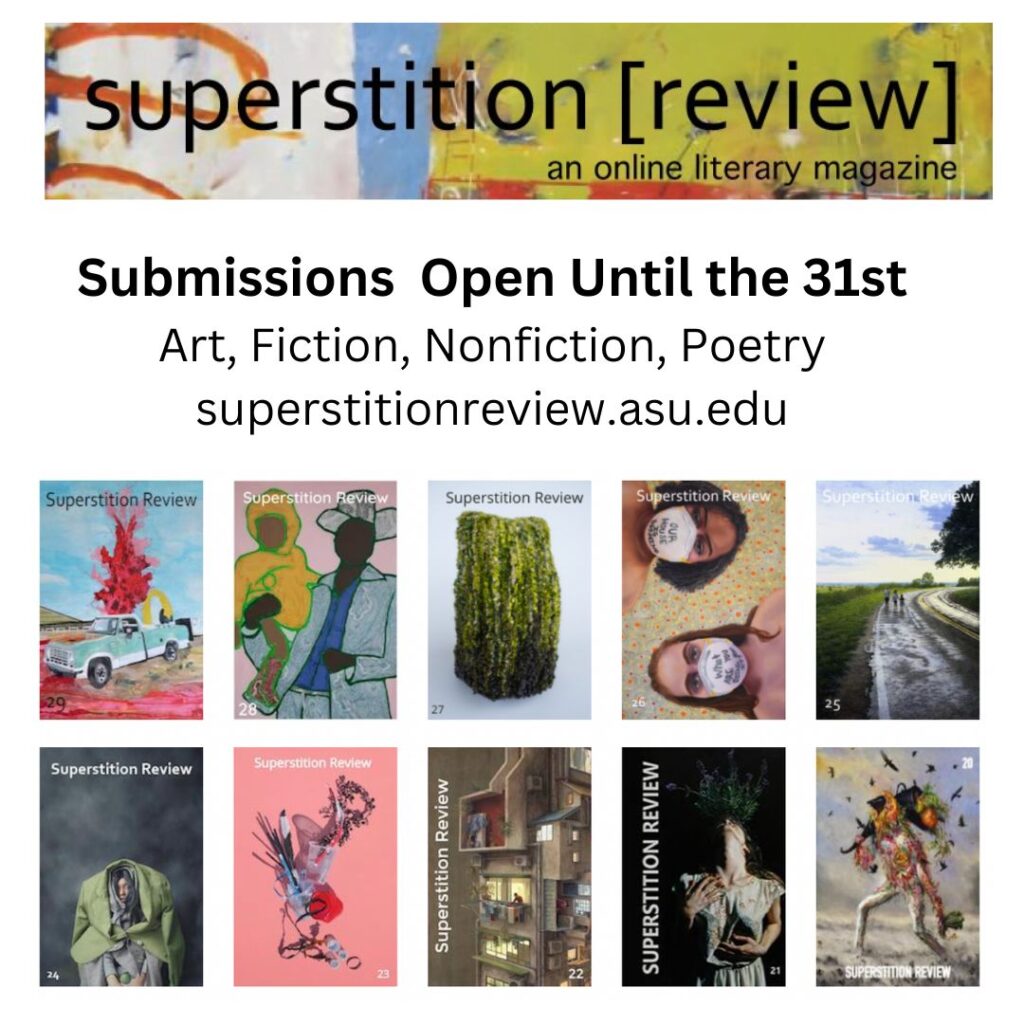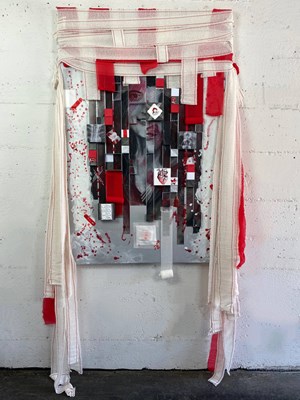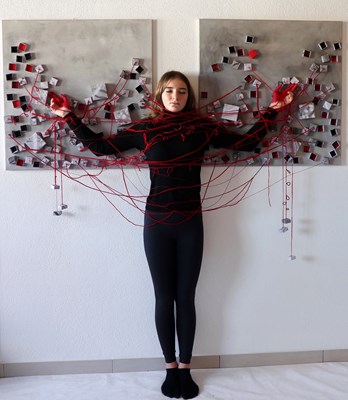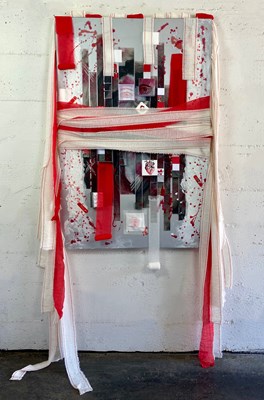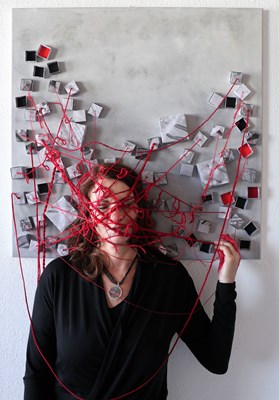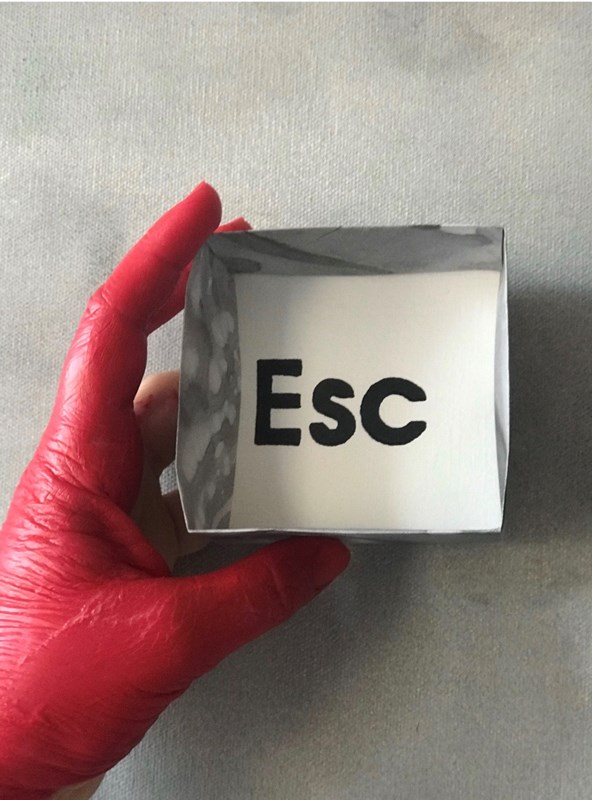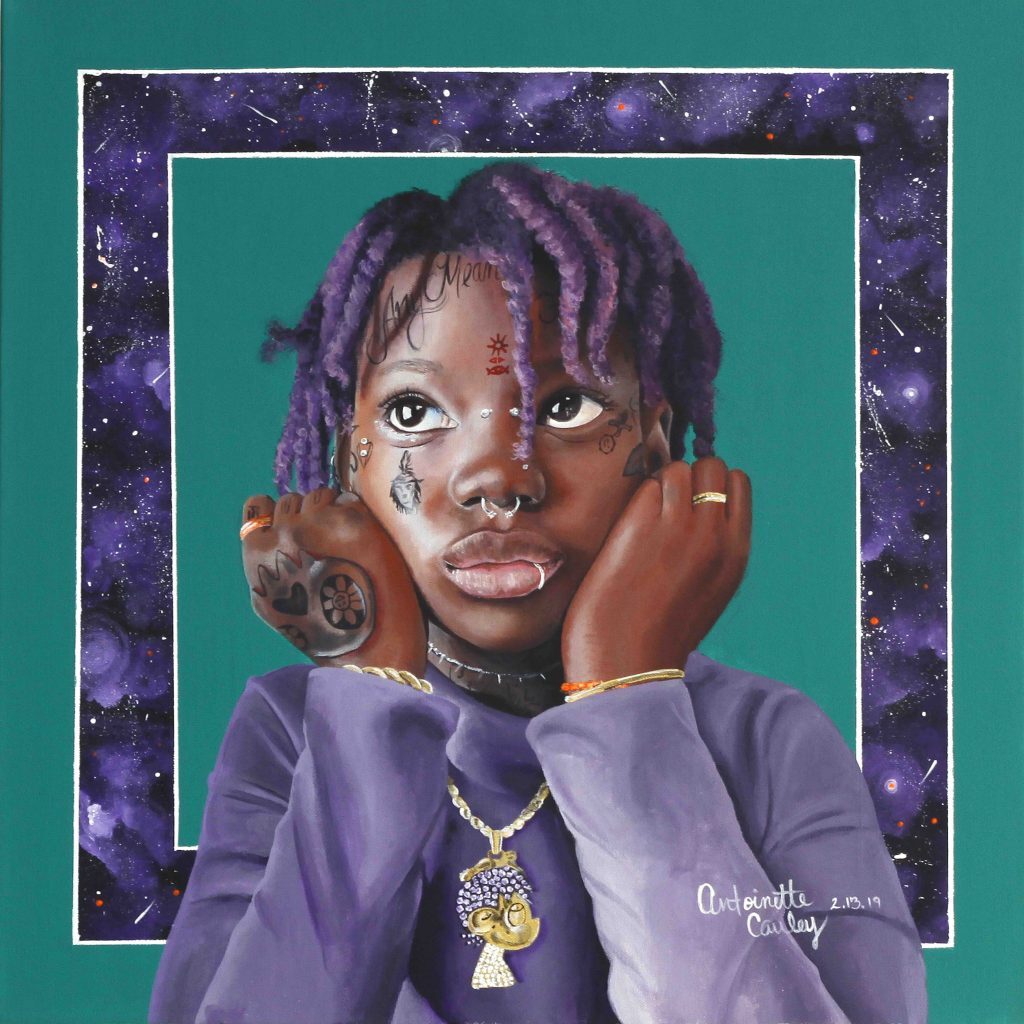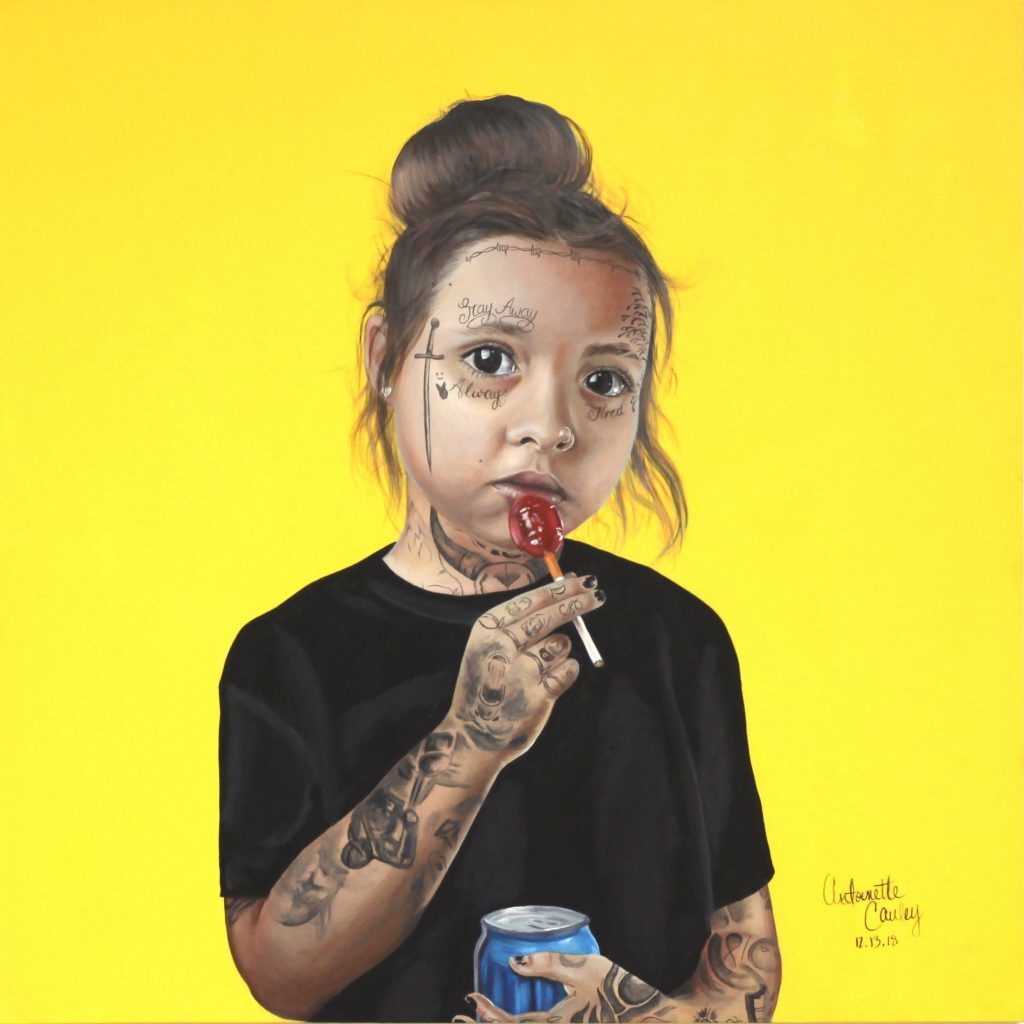
Art

Superstition Review Submissions Open
Superstition Review is open to submissions for Issue 31! Our submission window closes January 31st, 2023.
Our magazine is looking for art, fiction, nonfiction, and poetry. Read our guidelines and submit here.
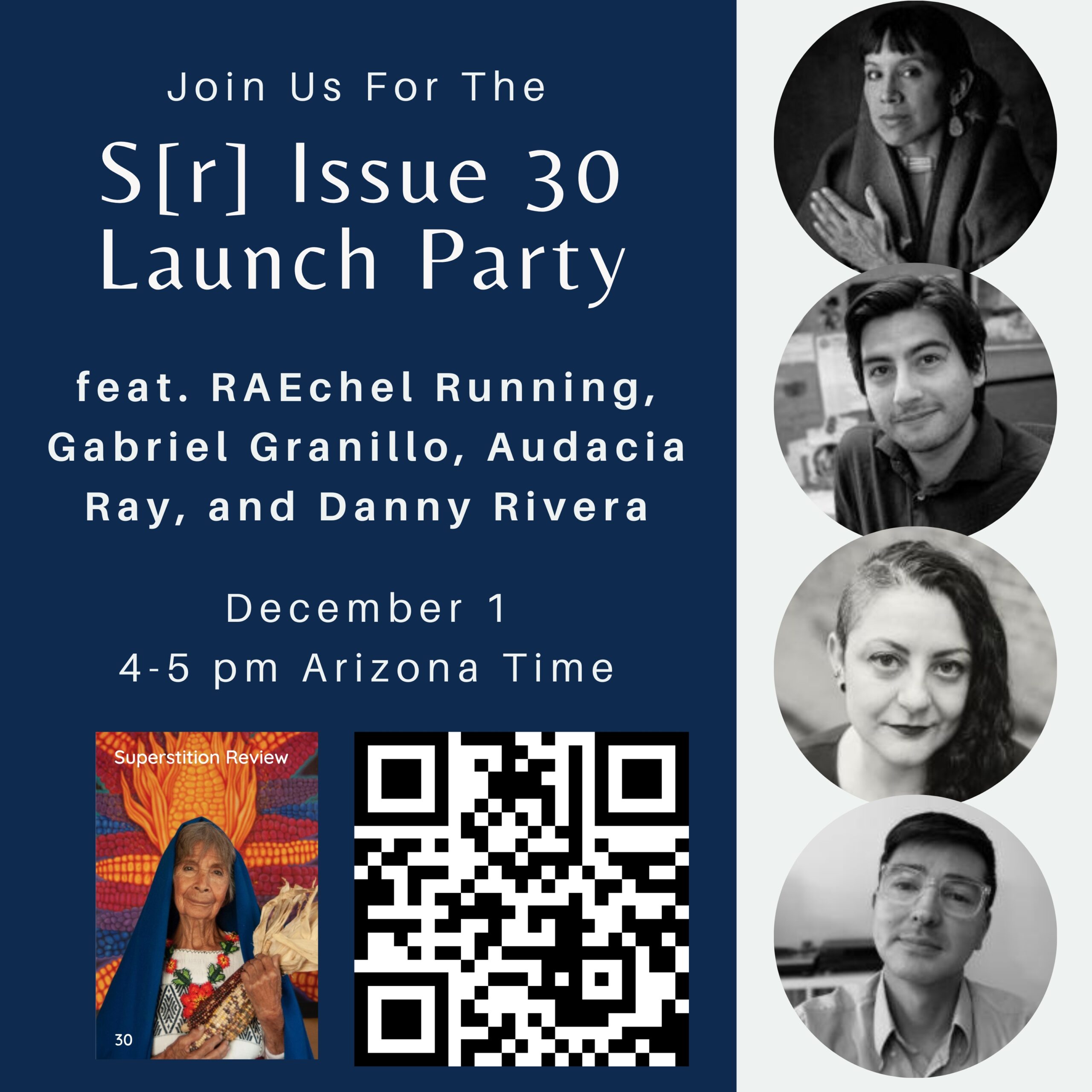
Issue 30 Launch Party
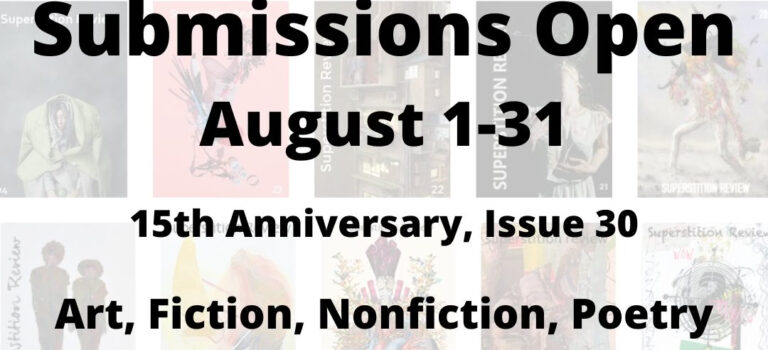
Superstition Review Submissions Open
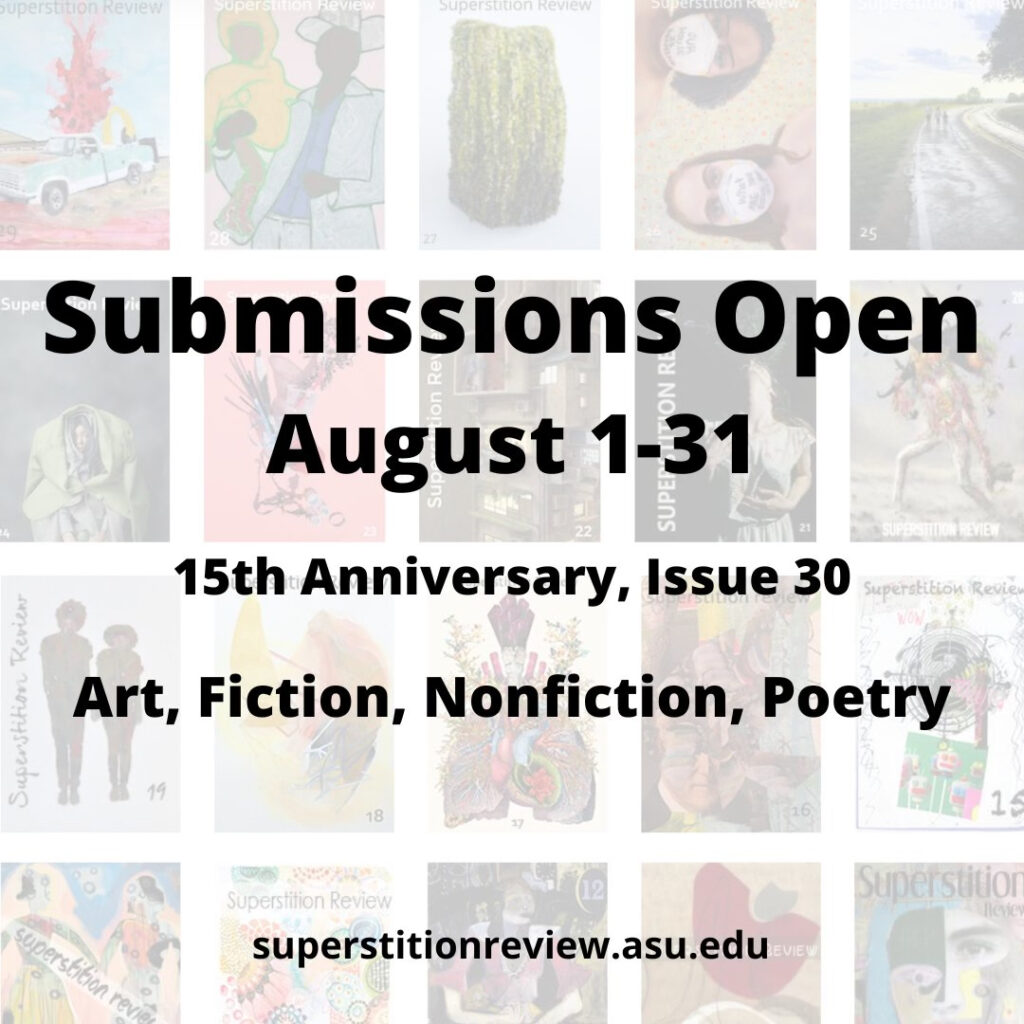
Superstition Review is open to submissions for Issue 30! Our magazine is looking for art, fiction, nonfiction, and poetry. Read our guidelines and submit here.

Contributor Update, Marieken Cochius
We are pleased to share that past contributor Marieken Cochius’s art will be on show this fall at the Lockwood Gallery in Kingston, New York! The exhibit, One Thing Leads to Another, features the contemporary, abstractionist work of Marieken and four others: Karlos Carcamo, Meg Hitchcock, Matthew Langley, and Greg Slick. Pieces from Marieken’s recent “Frequencies” series, such as the one seen above, will be on display, some for the first time. These layered ink on paper drawings capture transient moments in nature and their innate energy. The effect is enchanting.
[Marieken Cochius’s] work is continually evolving formally while consistently and skillfully expressing a passion for the beauty, mystery, and meaningfulness of the natural world. A visit to her website will reveal many variations on the art of abstraction in media that include oil painting, sculpture, and works on paper. There is nevertheless a consistency in her visual language that runs through its many dialects. She’s after a certain kind of energy that can’t be easily captured and held; it can only be experienced and communicated directly. The pieces in this show are records of awakening realized over time and can be seen as a call to the viewer to share a revelatory experience. … A tapestry of these visual moments gradually weaves itself together into a whole. Without specific identifiable imagery to grasp onto Cochius invites us to join in the conscious emergence of the cosmos.
Carl Van Brunt Beacon, The Lockwood Gallery
One Thing Leads to Another runs September 4th until October 3rd. For more information, visit the Lockwood Gallery website. To view Marieken’s art in Issue 25, click here. And don’t forget to check out Marieken’s website and social media: Facebook, Instagram, LinkedIn, Saatchi Art.
Art Blog: C. Christine Fair
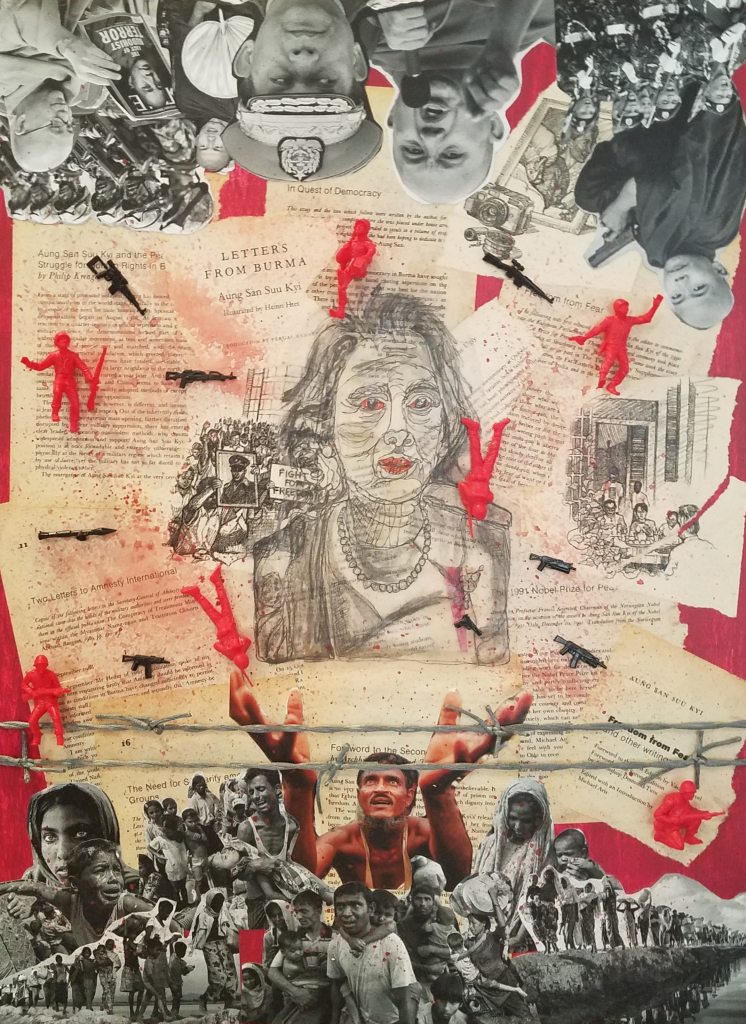
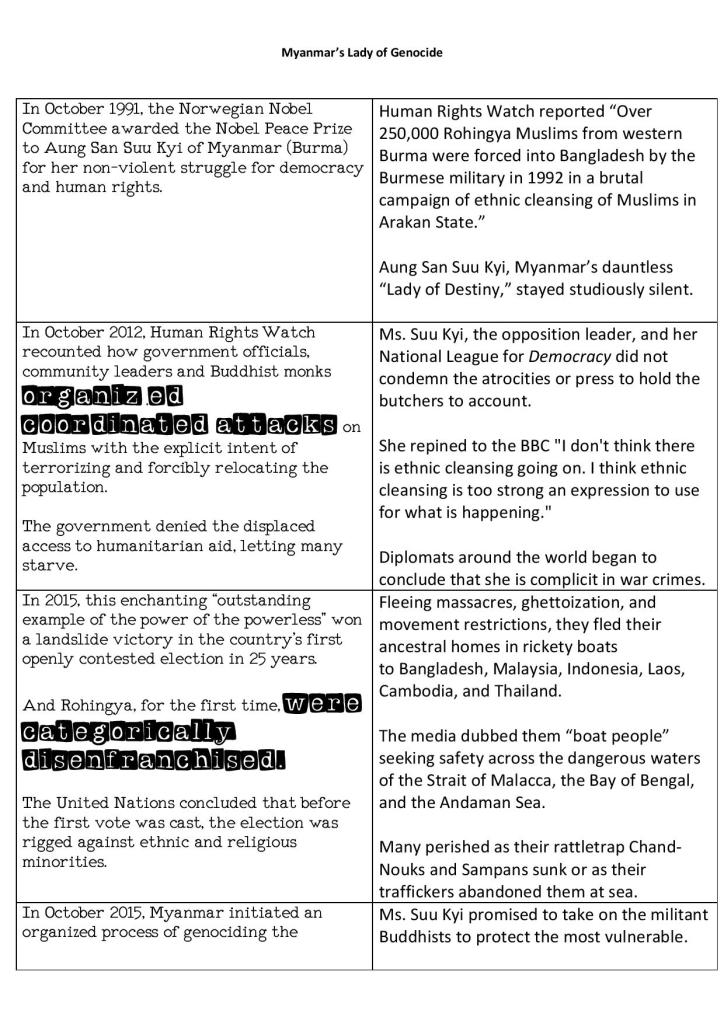
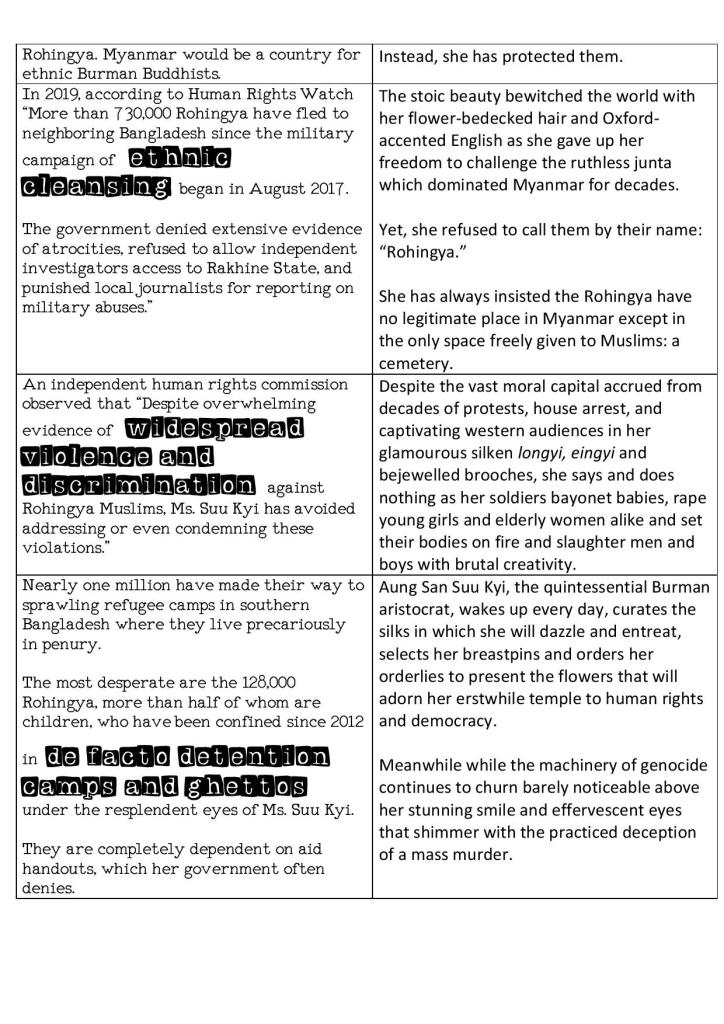
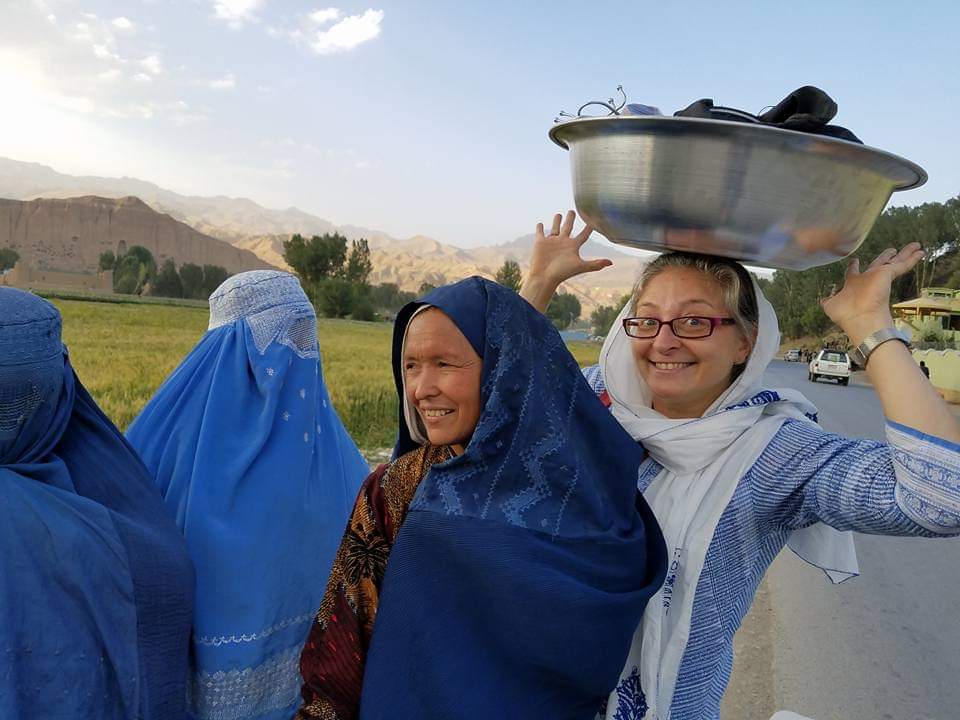
C. Christine Fair is a professor within the School of Foreign Service at Georgetown University. She studies political and military events of South Asia and travels extensively throughout Asia and the Middle East. Her books include In Their Own Words: Understanding the Lashkar-e-Tayyaba (OUP 2019); Fighting to the End: The Pakistan Army’s Way of War (OUP, 2014); and Cuisines of the Axis of Evil and Other Irritating States (Globe Pequot, 2008). Her forthcoming book is Lines of Control:
Lashkar-e-Tayyaba’s Militant Piety, with Saifina Ustad (Oxford University Press, 2020). She has published creative pieces in The Bark, The Dime Show Review, Clementine Unbound, Awakenings, Fifty Word Stories, The Drabble, Sandy River Review, Sonder Midwest, Black Horse Magazine, Furious Gazelle, Hyptertext, Barzakh Magazine and Bluntly Magazine among others. Her visual poetry has appeared in Awakenings, pulpMAG and several forthcoming pieces in Abstract: Contemporary
Expressions, The Indianapolis Review, Typehouse Literary Magazine and PCC Inscape Magazine. She causes trouble in multiple languages.
In this interview, Fair explores her experiences with art in the world of science, and she explains her process of developing her work centered around Aung San Suu Kyi, Myanmar’s State Counsellor.
You can find C. Christine Fair here on Twitter, here on Facebook, at at her website here.
Art Blog: Brenna Fisher





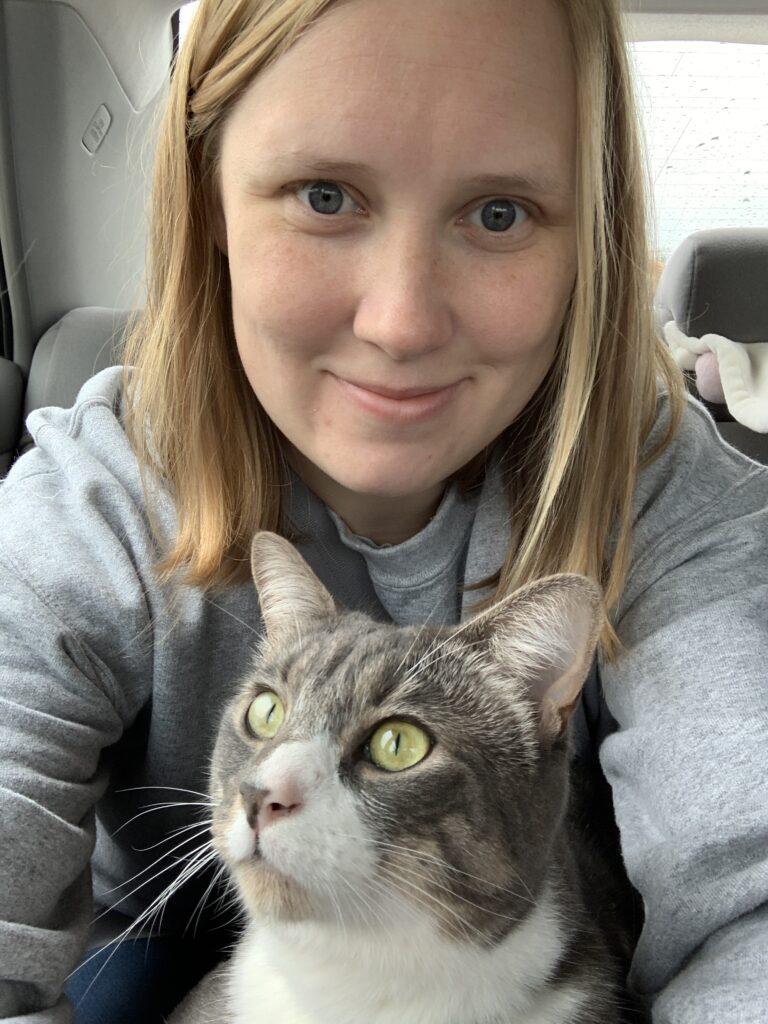
Brenna Fisher is an artist and early childhood educator interested in how artistic expression can be used to foster empathy, connection, and community. While teaching 3 and 4-year-olds in New York City, she collaborated to create a “compassionate curriculum” with the arts at its core such that students’ voices were heard and expressed through artistic expression. At Hunter College, her graduate research in Early Childhood Education delved into the ways drawing in particular could facilitate social justice work in early childhood settings. She is now continuing this research and her goal of supporting authentic and imaginative art practices by leading workshops with teachers in early childhood settings. Her introduction to teaching developed out of my experience as art director of Kingsley Pines Camp and then as a teaching artist at the Children’s Museum of the Arts in NYC.
Drawing and painting defined her time at the College of Wooster where she graduated with a B.A. in Studio Art and a minor in English. During this time Brenna’s artwork focused on the relationship between landscape and personal narrative. While at Wooster, she also participated in the New York Arts Program as an intern for Bruce Pearson, Nancy Bowen, and Daniel Zeller. Her experience with NYAP, and particularly with her mentor Emilie Clark, taught her how to sustain her art through any transition.
Superstition Review: How do you come up with ideas for your work?
Brenna Fisher: When I experience a strong feeling – either physical or mental – I need to draw or write in order to understand it, process it, and move through it. When I think about my mind and body I see it in colors, shapes, and lines. When you look at my art you are looking at me. Ideas for my art emerge while nursing my now five month old, during the deep breathing in a stretch, after a dream that lingers into the afternoon awake time, or during a conversation with a friend when I get the tingle of, “Oh, you feel that too.” One of the many mantras is Louise Bourgeois’ famous quote, “Art is a guarantee of sanity.” Another comes from Hannah Gadsby’s “Nanette,” “There is nothing stronger than a broken woman who has rebuilt herself.”
After college, I lost that artistic community, and during this time, journaling sustained my art practice as I learned how to create the structures I would need to nurture my art career. Once I found a fulfilling day job in teaching, my art started to grow in scale and concept. Working with young students re-engaged me and allowed me to let go enough to really flourish independently.
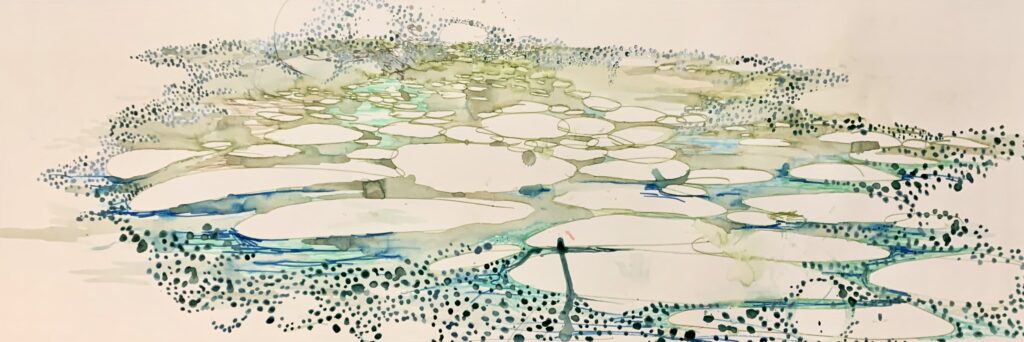
SR: In your most recent collection, “Sisterhood, Motherhood, “Krasnerhood” what was your process for creating each piece?
BF: Each piece in this ongoing collection is a window into a moment in my life that carried weight along my journey into motherhood. Right now, as the new mother to daughter born in the June of the pandemic, I am grappling with the way dichotic emotions can exist simultaneously: tension and release, love and grief, hope and fear, pain and joy. In each piece, these emotions battle each other for attention, find resolution, turn to mud, and marry each other as I visit my paintings during long evening or brief daytime sessions.
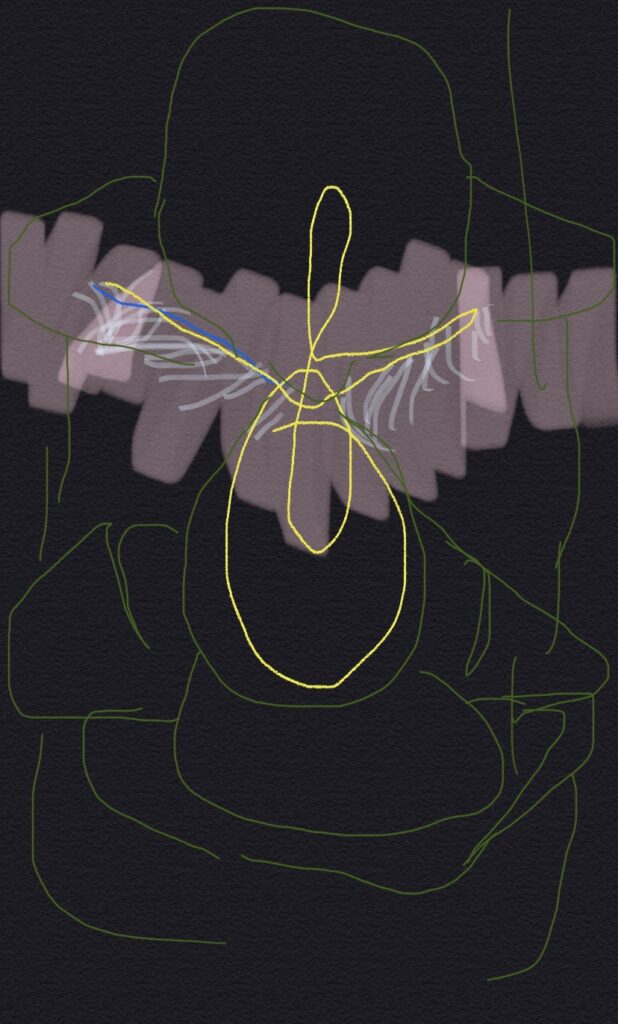
For a deeper look into my process I reflect on creating, “Sisterhood, Motherhood, Krasnernood,” the painting that this series is named for. I made this piece over the course of three months after my first pregnancy ended after 14 very hard weeks with the loss of a little girl. Shortly after this, my husband and I adopted a cat that we named Krasner after one of my favorite artists, Lee Krasner. That cat (whom the painting is partially named for) and this painting healed me. This painting, which is quite large, started on my desk, then moved to my wall, and then spent a long time on my floor where I worked on it while laying flat on the ground. As a result, Krasner the cat (at that time a kitten) ate portions of the paper, meandered through the green paint and dragged burnt sienna chalk pastel to places I might not have put it. She knew best however, as cats often do. While I painted I thought of the place where I put the rock I picked out for the girl I grew for 14 weeks and then grieved for (also depicted in “Where Jane’s Rock Lives”), I thought of the space in my body where another child might grow into, and I thought of all the women in my life – my sisterhood – who supported me and helped me feel strong and powerful even when I didn’t. This painting now lives with one of those women.
The more recent paintings in Sisterhood, Motherhood, Krasnerhood carry grief from that loss but also the fresh hope and fullness that comes from new motherhood. I made “You Smell Like Toasted Marshmallows,” while my daughter slept on my chest. This work feels like a triptych with the digital drawing, a poem, and a larger drawing currently in progress. I resisted the urge to use digital drawing for a long time because the choices available to me felt overwhelming. Now, after some experimentation I find it feels like a friendly blend of many of my favorite mediums including the between the urgency of drawing, the loss of control I find in watercolors, and the layering possibilities in oil paint.
SR: What does your physical workspace look like? What is one thing you have to have with you as you work?
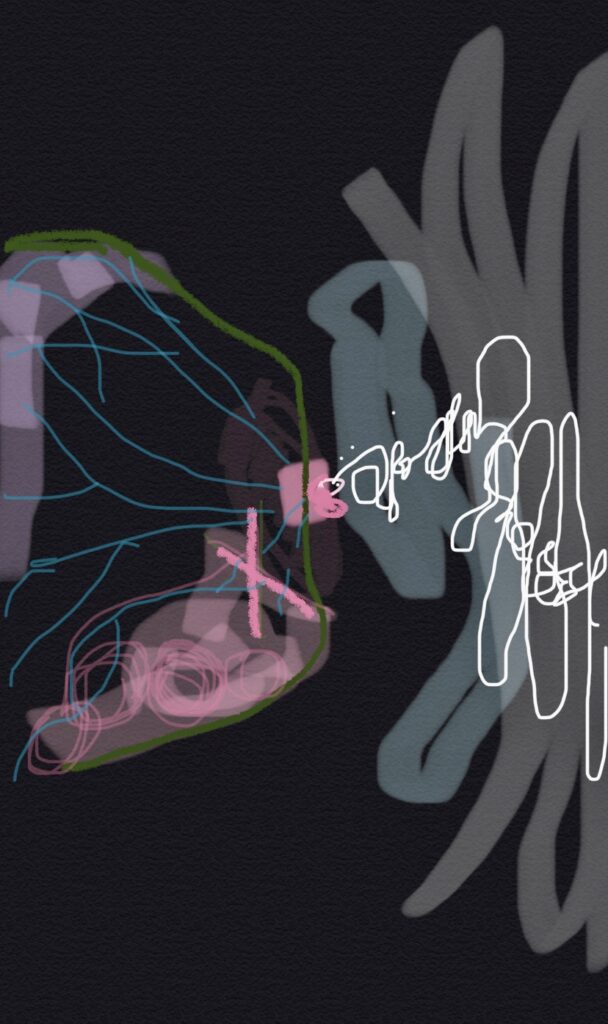
BF: Ha! The top of my stoop in the sunlight, in my tub with my work taped to the shower wall, all over the dining room table, running the length of my bedroom….I make work when and where I can and as often as I can muster what I need to render myself in colors and lines. All of the digital drawings and writing I have made have been made in motion or with one hand wrapped around my child. But, then I also carve out time to return to these ideas and manifest them into larger works, which you can see in the digital drawing, “Tiny Seahorses” and its companion painting, “Tiny Seahorses that Live Inside my Left Breast.”
For a long time I had a studio in my home. Now, I carve out my workspace with the limitations of the pandemic, my husband working from home, and the enormity of space a baby takes up. I draw and write as much as I can and I have done everything I can to let go of any rules or definitive needs I had for making art. Virginia Woolf writes in A Room of One’s Own, “There is no gate, no lock, no bolt that you can set upon the freedom of my mind.” I had my own version of this when I was put in time out as a child: “You can’t put me in time out because I am having fun in my imagination.” It still feels true. When I sat with answering this question I pulled Virginia Woolf off the shelf and pieced through and felt tremendous solidarity with everyone in exactly my situation at home without a workspace right now but still resolutely making art because they know art matters deeply.
SR: How has the pandemic affected your art and process?
BF: During this time when my own sense of agency has shifted, I still feel whole and have the space I need to grapple and grow because I am determined to make and share my art. I am a more empathic and compassionate person because I am an artist. I feel empowered because I am an artist. Without art I know I would feel incredibly alone, afraid, and disconnected during this time.
When the pandemic hit, my career shifted. I am now at home full time making art and caring for my 5 month old daughter. Originally, my vision for this year looked very different. I had planned to continue teaching and to move into a new role as a studio teacher that would support the arts curriculum and work with individual students to use art as a problem solving tool. While it felt disappointing to let go of that position, one I had helped design myself and felt like a huge leap for my career, I have not let go of my art practice or my desire to connect with a broader community through art. Since the pandemic, I have opened myself up to others through social media and other digital platforms.
I am leaning into sharing the mucky, disgusting, or downright challenging parts of this experience and also hope to show how those parts exist in equal parts to the ecstatic moments, the wonder, and the bliss of a little face looking up at you. I have often described the process of making as a “thin space”; a space where the artist feels connected to herself and her world deeply.
SR: How is your work touched by social justice?
BF: I see myself as an artist-educator. I both seek to use art to understand myself as a form of auto-ethnographic research and also to make art more accessible to others.
Now, more than ever, art matters. The act of making and sharing art is an act of radical vulnerability and empathy. Through art, we can still see each other when half of our faces have to be covered in order to protect each other. There are a lot of causes and stories that matter, but the only one I can tell is my own.
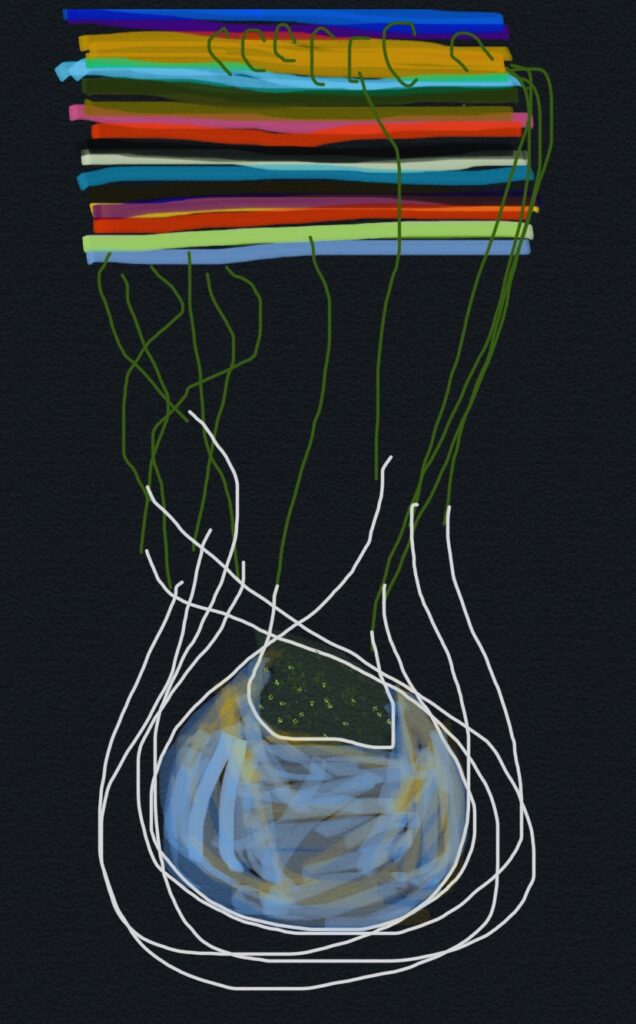
I truly believe that art changes lives. I believe that art is the best form of self-reflection and self-discovery that we have available to us. But in the same way that authentic play is often missing more and more from early childhood classrooms, I’ve noticed how often children’s art looks the same when made in school. These experiences often drive people away from making something because we’re only taught to replicate an artist’s style rather than how to trust our vision, practice a skill in order to manifest what we imagine, process our feelings of discomfort inherent in creation, and finally to take the brave step to share our work, receive criticism, and return to ourselves again. I think everyone has a desire to create something that is truly unique to themselves and have that part of themselves be heard, but we either tell ourselves no one needs our story or that we aren’t talented enough to tell it ourselves. I’m eager to change the conversation around art from what something looks like towards why someone made it, how they made it, and most importantly to center it around their story. All I have is the story that belongs to me and a willingness to listen to the stories of others.
SR: Do you have any upcoming projects or work you would like to discuss?
BF: Over this year I am continuing to build this series and hope to show the work from this first year of motherhood either in person or digitally depending on the way the world manifests. I’m continuing to explore digital art making as a medium and playing with the relationship between my drawing, writing, and painting. I am compiling my writing and art into a show or installation that takes my process and invites others into it to share their stories. In this time when the scale of my work has shrunk, the aspirations for my work have grown and I am looking for opportunities to paint on a bigger scale, create sculpture, and invest time into the work of sharing and revisiting my work as it expands.
Art Blog: Sève Favre
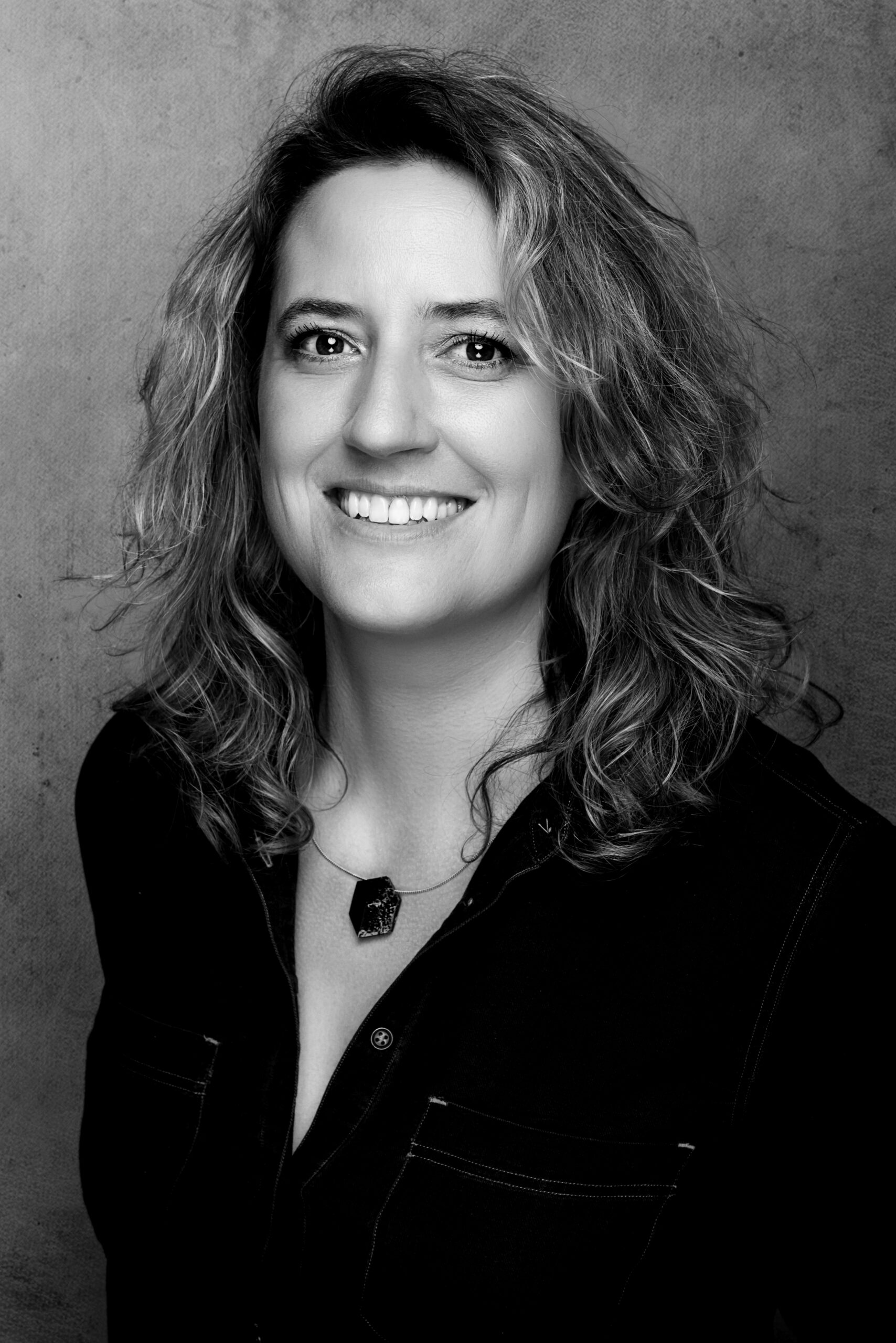
This interview about Sève Favre’s recent collection was conducted via email by Art Editor Anna Campbell.
Sève Favre is a visual artist originally from the French part of Switzerland. Sève was introduced to arts from a young age but decided to follow an academic study first: Art History at University. She supplemented her literature degree with secondary school teaching. She continued her education by taking several seminars and workshops in the visual arts, notably at the Ceruleum School of Art in Lausanne. In 2005, she created her first modular artwork and during several years she maintained both careers simultaneously, teaching and private commission for artworks. Today she completely devotes herself to her art practice and promotion. She has been exhibited in Switzerland and abroad. This year, Sève was nominated by Arte Laguna Prize in the installation and sculpture section. Passionate about the concept of integration, she concentrates on transcending the classical boundary between the artwork and the viewer. The main feature of her art is interactivity. The keywords that support her concept are interaction (be together), variation (be different), and activity (be active). Her name for this experience is intervariactivity. Sève can be found on Instagram, Facebook, and Twitter @sevefavre. She can be reached via email at info@sevefavre.com.
Superstition Review: You frequently talk about your “intervariactive” art as a synthesis of being together, being different, and being active. What attracted you to the idea initially, and how do you continue to explore it through your work?
Sève Favre:
Yes, being together is interaction, being different is variation, being active is activity. At the beginning, I really wanted to break this classic boundary between the artwork and the spectator, especially through the work on canvas. I found it interesting to integrate the spectator in the process of creating the work, which is a continuous process that starts in my studio but then continues elsewhere thanks to the possible appropriation by the public, a process of co-creation, by revealing the different possibilities of the work. Then, I extended this principle to the interactive double digital of certain works, as you can test it here.
These different possibilities, both real and virtual, multiply the possibilities of participation and interaction. For example, from the digital realisations I can create a gif containing the different proposals made by the participants: a collective work, like this one :
All this can then be shared on social media….
SR: The human component of your work is quite striking. Can you explain your process for creating these pieces?
SF: Indeed in my artwork, the human can be the subject of a work, but is above all the vector of metamorphosis of the artwork (real or digital). In our world where the development of artificial intelligence is dazzling, I find it interesting to highlight our fragility with/on human characteristics, Moreover, by allowing the spectators to intervene directly on my works, I would like to point out specifically human attitudes, such as trust, risk-taking, respect… etc… The spectators are not mistaken because the first question that comes up most often is if I am not afraid of the consequences of their action on my paintings. I don’t believe that this emotion is one day likely to be a characteristic of robots. This is really what I find interesting and important to make the viewer feel: his humanity.
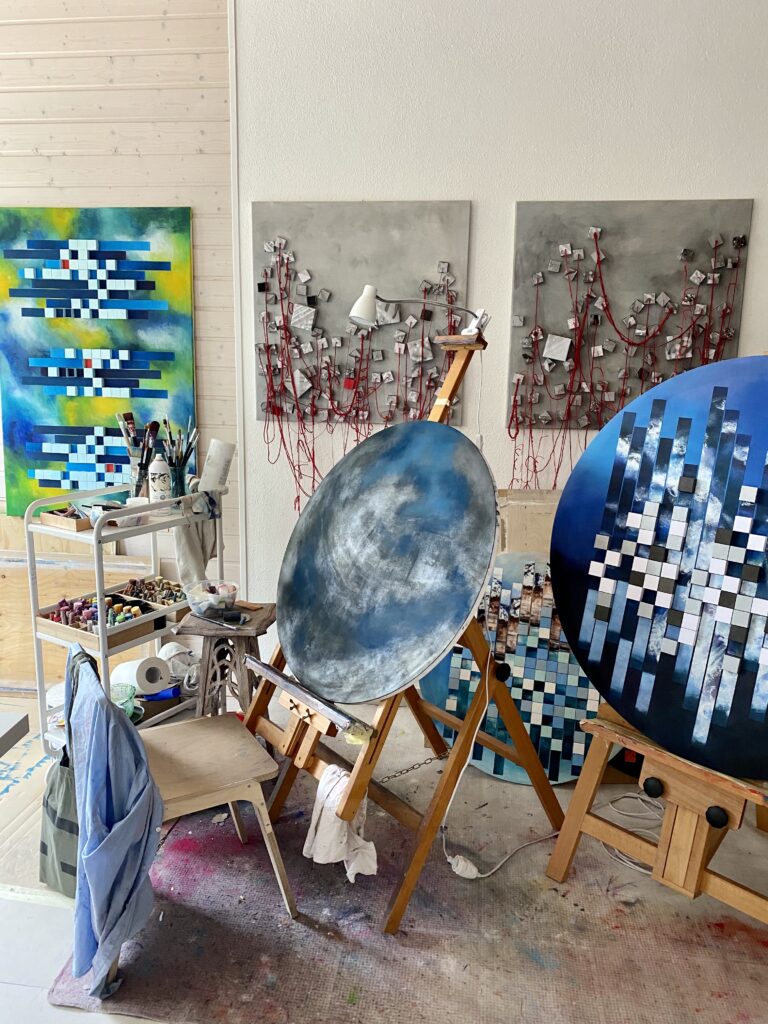
SR: What does your physical workspace or studio look like?
SF: My artworks require different stages; my studio is organized according to them. First of all, I have a relatively large storage space for materials because I mainly work with mixed techniques so I use different types of materials. Secondly, there is an easel workspace which is very practical especially when I work with pastel chalks; I can tilt my easel to manage the dust from the chalks. On a workbench, I can concentrate on measuring, cutting and origami work. And finally, as far as assembly is concerned (gluing the different parts made), I have to do it on the floor so that the canvas is horizontal and stable. And I like to have a cup of tea near me when I work while listening to the radio or music during my time in the studio.
SR: What is one thing you must have with you as you work?
SF: My necessary tool for absolutely every artwork is my favourite pair of scissors.
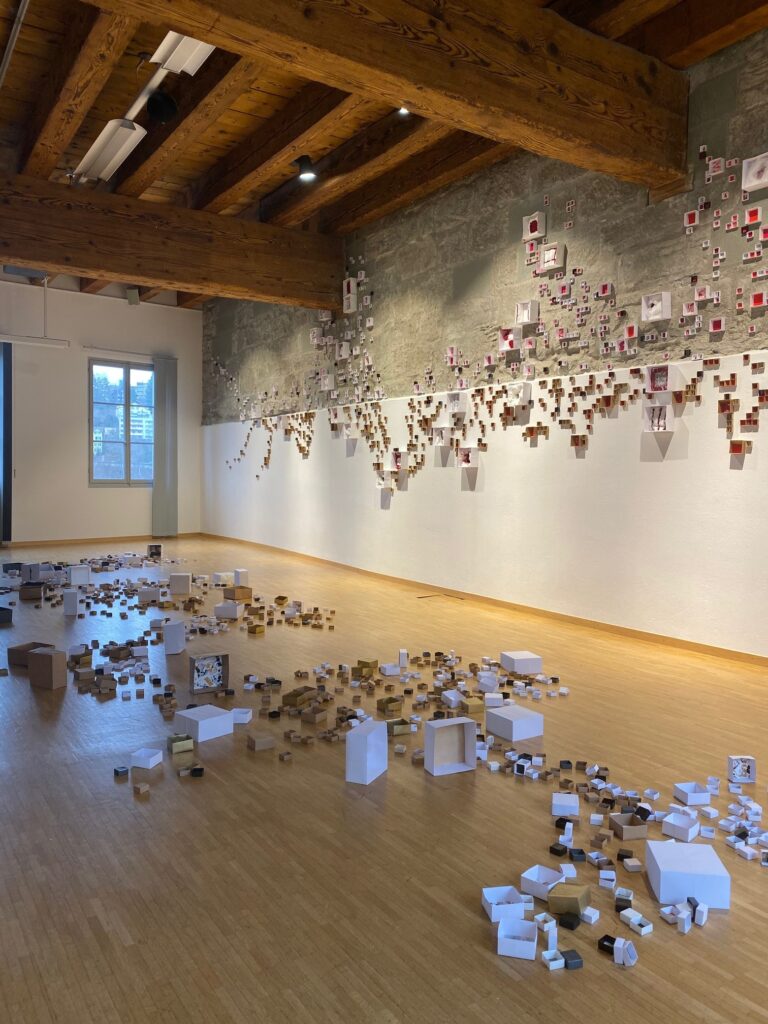
SR: How has the global pandemic affected your process?
SF: The pandemic had more of an impact on my exhibition schedule. However, it has allowed me to develop the digital part of my work more, notably thanks to my participation in CADAF online (Contemporary and Digital Art Fair). I also remotely managed the setting up of an in situ installation for an exhibition, as I couldn’t travel to London to do it myself. That was a challenge I wouldn’t have considered in the past.
SR: How is your work touched by social justice?
SF: Behind my work there are fundamental concepts of value and participation. The notion of value in my work is linked to the different possible variations. Are they of equal quality? Only the owner or the public can determine this: is it preferable to keep the artist’s proposal, as this visual will have more value than theirs? Would they like to invite a celebrity to interact with the work and then, religiously preserve the evidence… or do they feel that the choice of a relative will be much more valuable? All these questions are much more intimate and personal in scope than the purely economic value, but they are all equally necessary because they challenge the relationship with objects in a world that continually produces them in disproportionate quantities.
SR: What are your upcoming projects?
SF: First of all, I am working on my new website. Secondly, I am preparing a new installation normally for a Festival, but we have a lot of uncertainty about how it will be held in relation to the pandemic. Next year, I will exhibit my installation “Être au pied du mur” at the Arsenal in Venice as part of the Arte Laguna Prize finalists’ exhibition. As this year is special, I am trying to focus on my digital presence; I think it’s important to also highlight the digital part of my artworks, especially with a project of cultural participation in Switzerland.
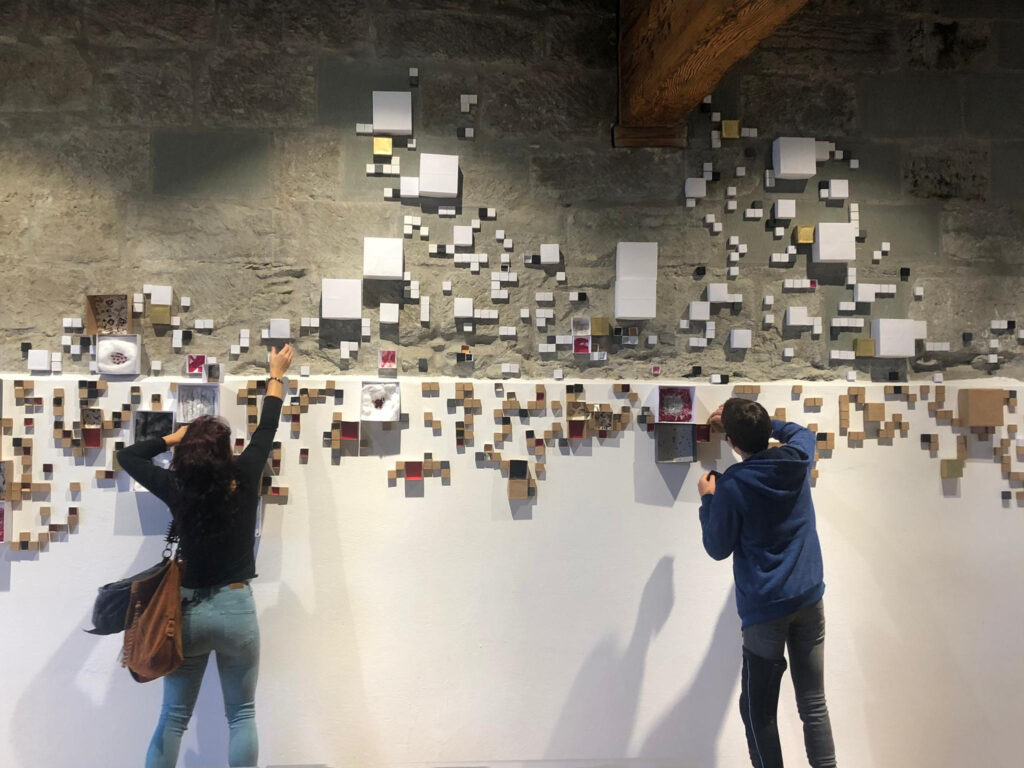
BIPOC Creator: Antoinette Cauley
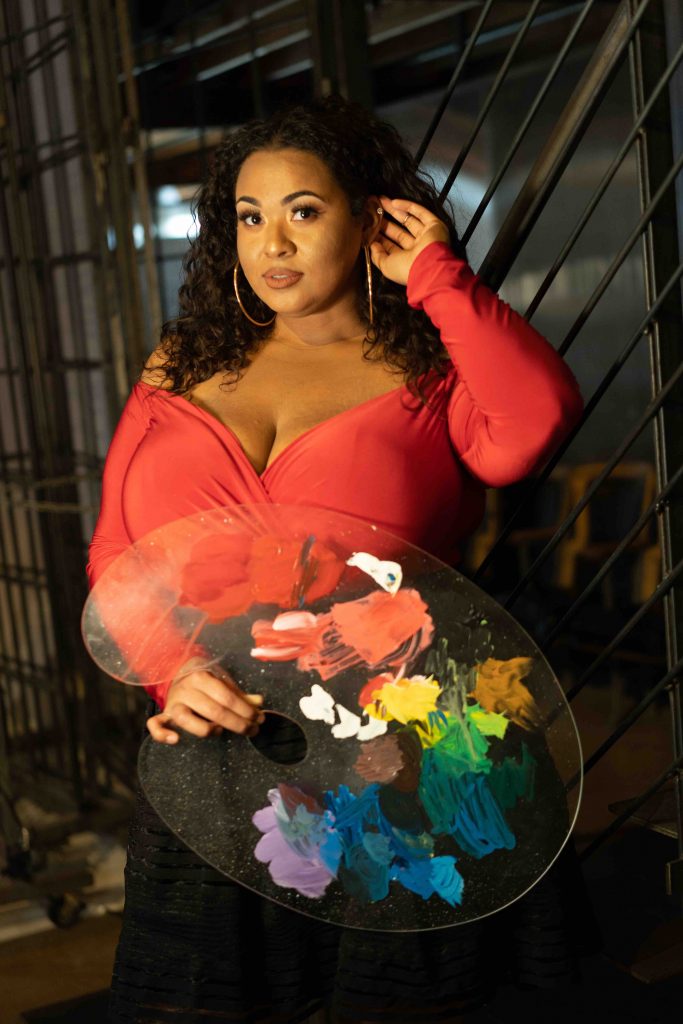
This week’s BIPOC creator feature is local Phoenix-based artist Antoinette Cauley. Antoinette is a Phoenix native and studied art at Mesa Community College. She apprenticed with oil painter Chris Saper and is now known for her hip hop and urban-influenced work. Antoinette is an educator and an activist, teaching inner city youth how to paint. Her work focuses on her own internal struggles, as well as modern social issues and rap culture. Antoinette was named best local artist by AZ Foothills Magazine in 2017 and 2018 and was featured in Phoenix Magazine’s “Great 48:48 Influential People in the State of Arizona.” Her most recent project was a portrait of the late poet and novelist James Baldwin, which was transformed by Jason Harvey into a mural on the side of his Ten-O-One office building in the heart of the Roosevelt Arts District in downtown Phoenix. The installation of this mural was in response to the Black Lives Matter movement that took place earlier this year.
Antoinette’s work is colorful and striking. It plays with the public imagination of the black community in a way that exposes the fears that often come with inner city youth. Her paintings display images of young Black girls in powerful positions with dynamic juxtapositions that challenge the viewers perception on gender roles, childhood trauma and the influence of pop culture on our youth. It is a brilliant way for a black rights activist such as Antoinette, who works with inner city youth on a regular basis, to shine a light on societal misconceptions that encompass the lives of black youth.
Be sure to take a look at Antoinette’s Instagram, Twitter, and website. If you are interested in finding out more about Antoinette’s personal life and the motives behind her work, check out this interview conducted earlier this year by the Phoenix Art Museum.
“This and That” Art Exhibit by Jenita Landrum
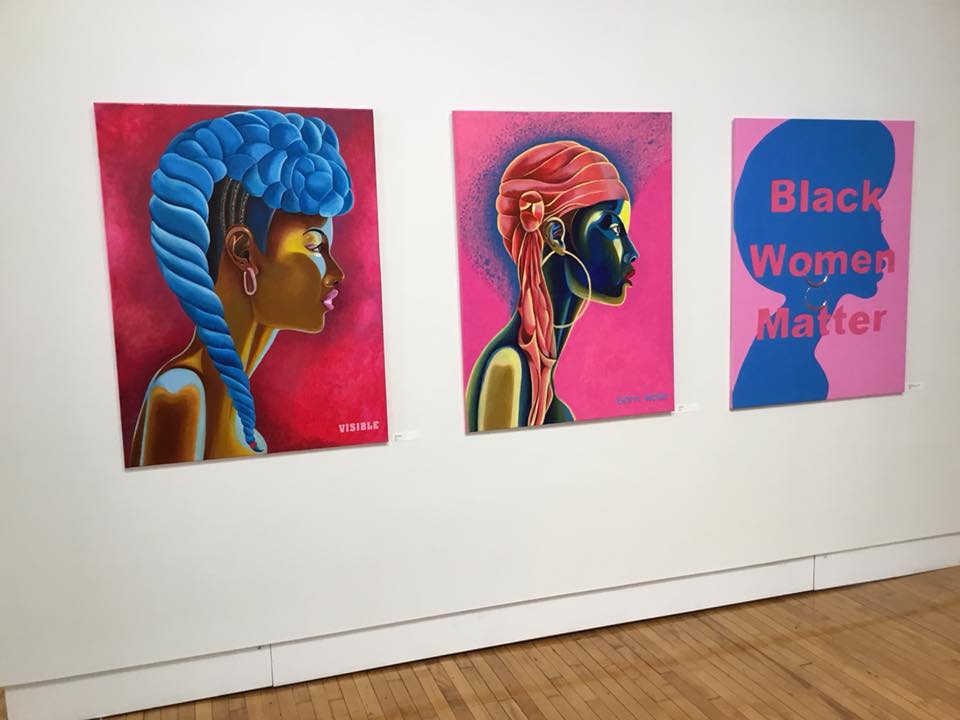
Explore the artwork of Jenita Landrum during the premiere of her art exhibit “This and That” all next week. Jenita’s artwork focuses on gender, race, and class and their presence in urban living spaces. The event launched yesterday, Sunday October 4th and will continue in the Downtown Phoenix Library’s Vault Gallery until October 14th. Jenita has traveled the world for her art studies, having visited Africa, Germany, and Poland for various fellowships. She is currently an art history and studio instructor with Maricopa Community Colleges. We hope to see you at this event!
Check out the ASU Events page here for more information about the exhibit.
